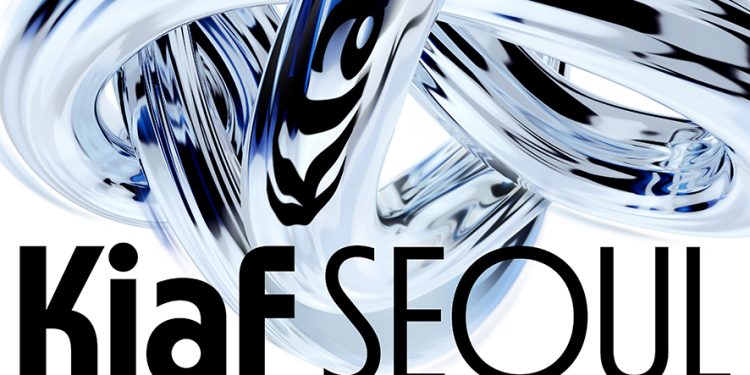The first of a new series of monthly blogs presented by Reach Art Visual.
As a communications and project coordinator, I have been deeply immersed in the world of art. When the opportunity arose to come to Korea for two years to pursue my master’s degree in Strategic and Media Communications, I knew I couldn’t miss the chance to visit the Korean art fair as well. My experiences in the art sphere, including representing Reach Art Visual at the Tbilisi Art Fair in 2024, sparked my curiosity about art fairs on a global scale. Naturally, when I heard about the Seoul Art Fair, I was excited to see how the Korean art scene compares on a global stage and knew I had to experience it up close.
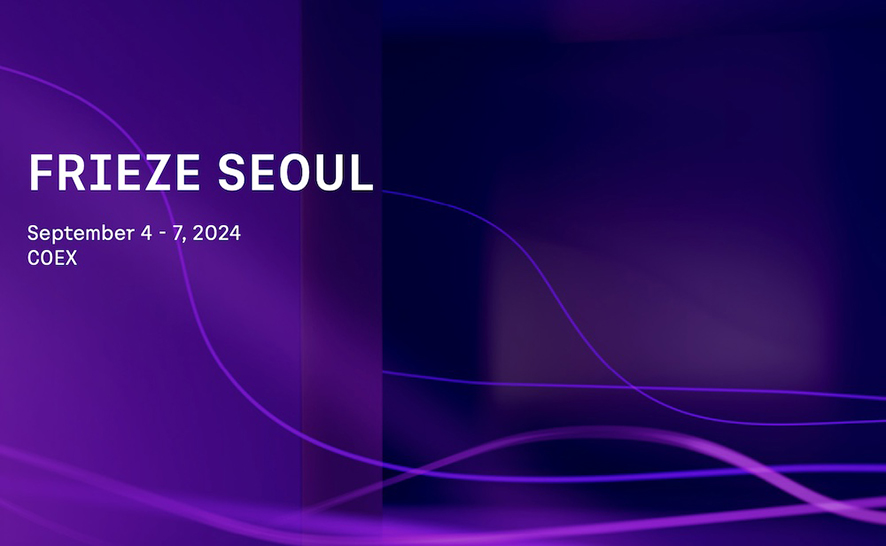
Seoul is not only the capital of the Republic of Korea but also a thriving cultural hub where tradition meets innovation. The art fair, held from September 4-8, featured both Frieze Seoul and KIAF Seoul, bringing together a diverse range of galleries, artists, and collectors. It offered a dynamic platform for contemporary art from around the world.
Frieze Seoul, one of the most prestigious international art fairs, made its third appearance in Korea, featuring over 110 influential galleries. With its roots in major art fairs like Frieze London, Frieze New York, and Frieze Los Angeles, this year’s event focused primarily on contemporary art, showcasing a blend of established and emerging talents. On the other hand, KIAF Seoul, South Korea’s pioneering international art fair, which began in 2002, hosted nearly 200 galleries and has played a key role in positioning Seoul as a global art hub, where international art intertwines with local creativity.
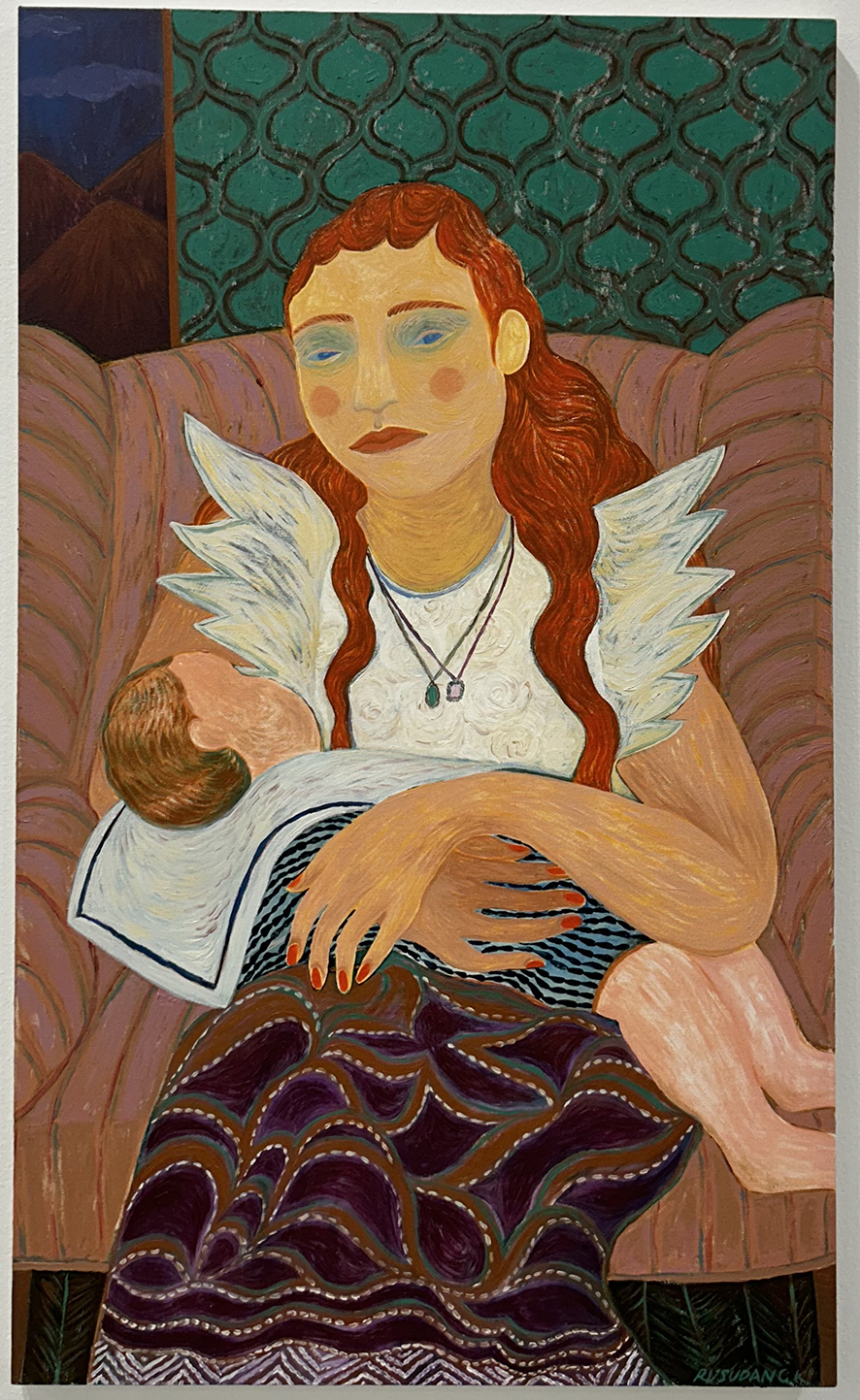
Amidst this exciting international art scene, Georgian art shone brightly. LC Queisser, a Tbilisi-based gallery, made its debut at Frieze Seoul, showcasing the uniqueness of Georgian creativity. Known for fostering cross-cultural exchange and presenting a well-balanced program of both Georgian and international artists, LC Queisser has become a key player in highlighting contemporary Georgian art on the global stage. With a focus on preserving cultural heritage and promoting significant artistic figures, the gallery has participated in major fairs such as Art Basel, Frieze New York, and Art Cologne.
For its first appearance at Frieze Seoul, LC Queisser curated a selection of three artists: Ser Serpas, Thea Gvenetadze, and Ketuta Alexi-Meskhishvili. Their works highlighted the strength of Georgian art amid the diverse range of international art, drawing attention to the unique narratives and visual languages emerging from this non-central art scene.
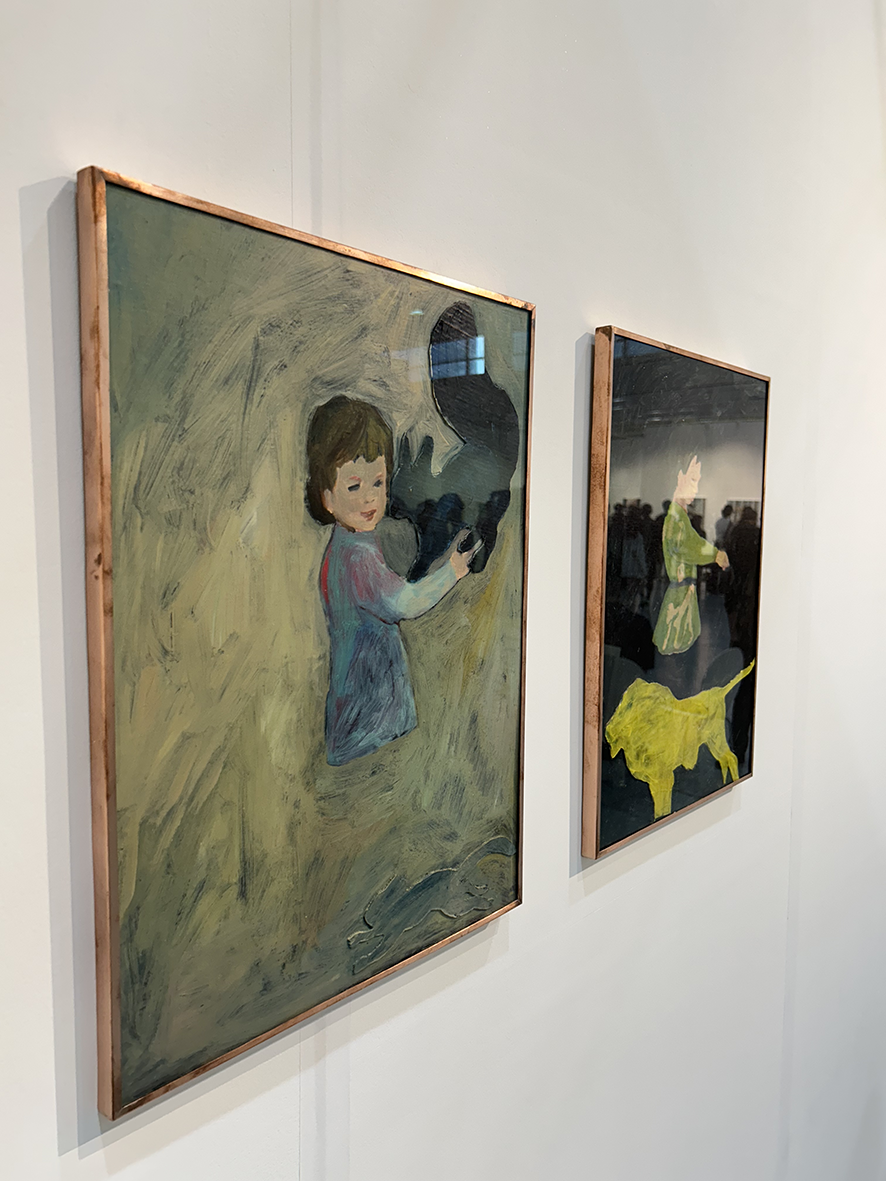
I had the pleasure of speaking with Nika Lelashvili, the representative of LC Queisser, who shared his insights on the gallery’s participation and the growing popularity of Georgian art in international circles.
Although new to Frieze Seoul, Nika explained that the decision to join had been in the works for several years, as the Asian art market has become increasingly interesting for them. Prior to Seoul, LC Queisser had participated in art fairs in Hong Kong, Malaysia, and Beijing, broadening their experience in the region. “We really wanted to test the Korean art market as well,” Nika noted, emphasizing that their presence at the fair was not driven by a specific agenda but rather by a desire to better understand the interests and preferences of the Korean audience.
Reflecting on the reception of Georgian art internationally, particularly in Asia, Nika expressed confidence in its global relevance. “Georgian art is a part of global art, and I would say, quite an important part,” he stated, explaining that the Korean public’s interest in Georgian art parallels its curiosity for other foreign artworks. The gallery’s participation in the Seoul Art Fair was largely focused on building connections and exploring long-term possibilities. Nika emphasized the importance of establishing contacts within the local art scene, which could lead to future collaborations, exhibitions, and opportunities to represent more Georgian art on the global stage.
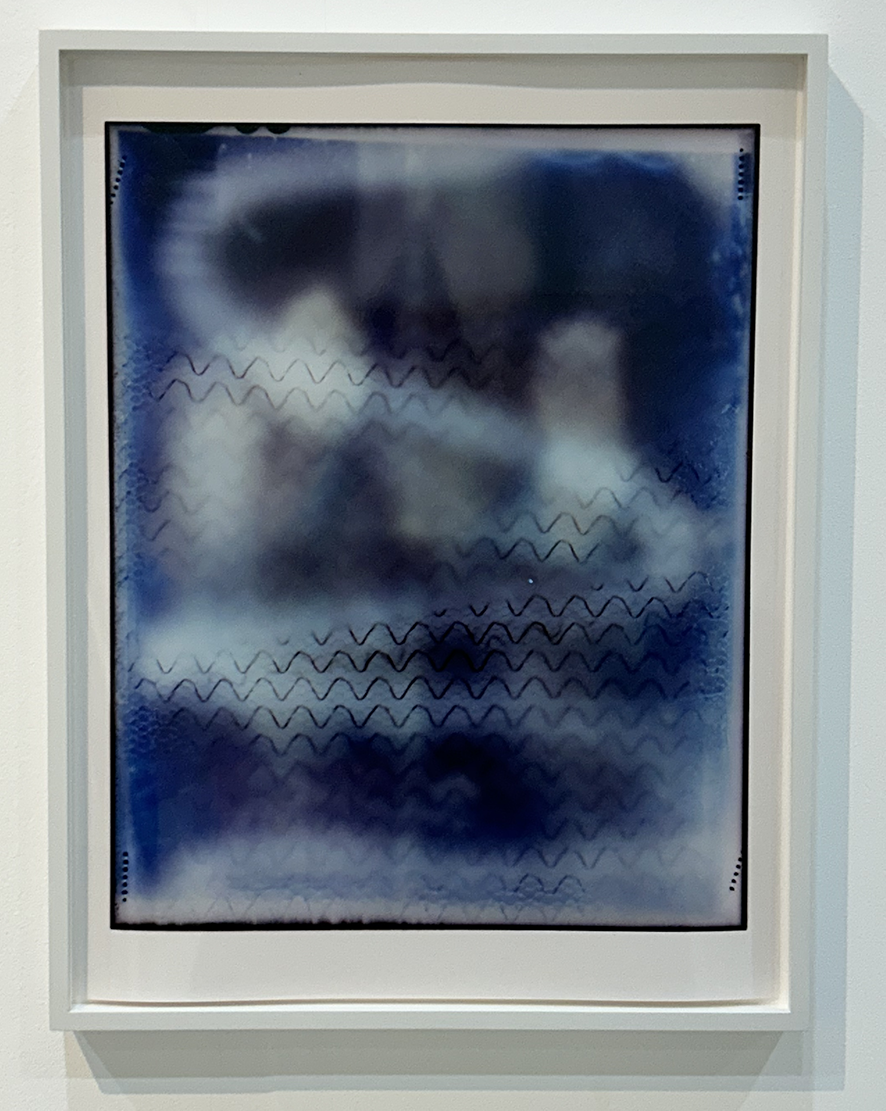
Overall, their experience at the fair was filled with positive emotions, and they look forward to coming back to represent Georgian art even more in the future.
At KIAF Seoul, another Georgian artist, Rusudan Khizanishvili, took center stage. Her powerful works were represented by Kornfeld Galerie, a well-established gallery with a reputation for showcasing prominent contemporary artists. In a conversation with Max Egger, the representative of Kornfeld Galerie, we explored the significance of Khizanishvili’s artworks and their impact on the art world, particularly within the context of the Korean and broader Asian markets.
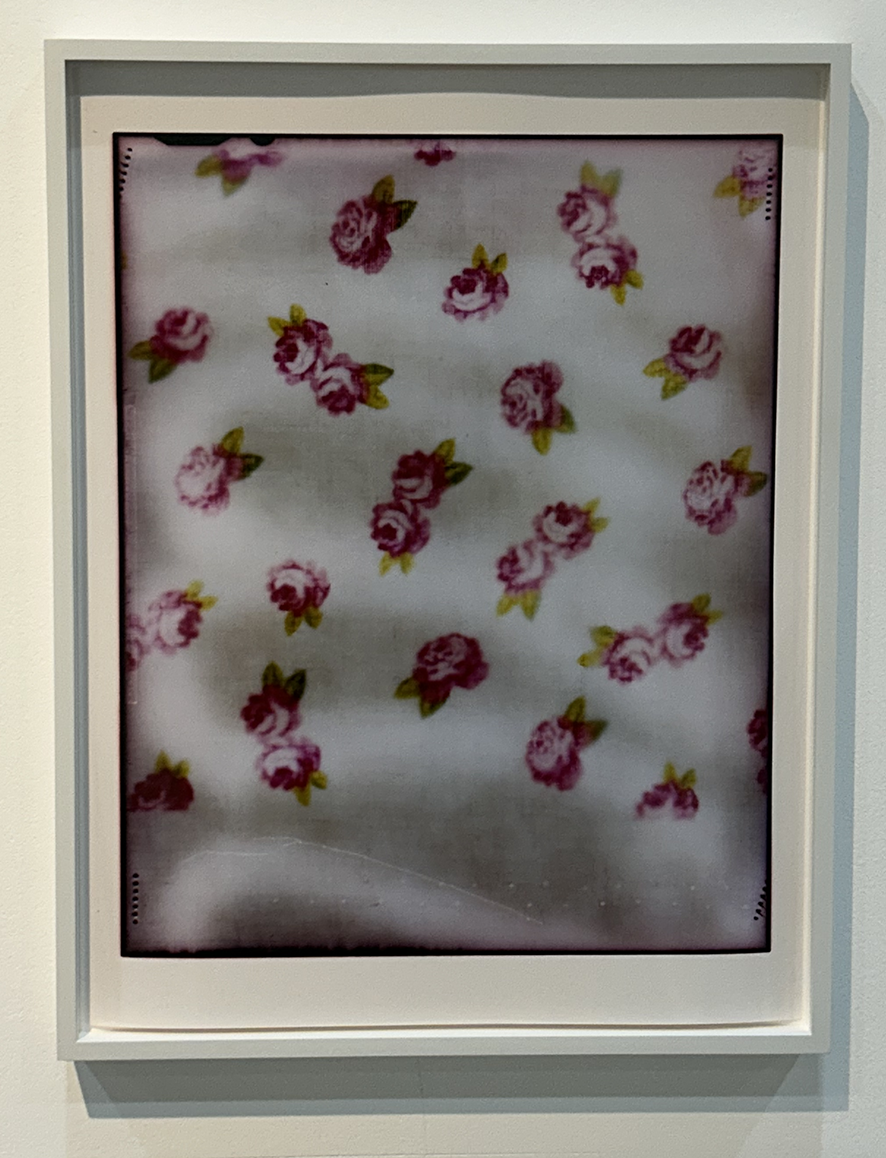
The gallery has been working with Khizanishvili for several years, and her growing reputation, especially in Asia, has made her a key figure in the gallery’s lineup.
When discussing the selection process for Khizanishvili’s works, Max highlighted that for this particular booth, the gallery made a conscious decision to feature her newer pieces. He noted a shift in her artistic style, which they felt was important to showcase, as it marks an evolution in her creative approach. “If you take a closer look, she has started to draw in a new style,” Egger remarked. The decision to display these new works was aligned with the gallery’s broader theme of representing established artists from diverse backgrounds and countries, who bring different styles yet converge aesthetically. Rusudan Khizanishvili’s evolving style fits well into this vision, making her a natural choice for the gallery’s art fair presentations.
Rusudan Khizanishvili’s works resonate well with the Korean audience, largely due to her distinct style and the emotional depth of her art. Her bold use of color and the intricate layering of themes within her paintings allow her pieces to transcend cultural boundaries and appeal to the sensibilities of a wide audience.
It seems Khizanishvili’s evolving artistic style adds an element of freshness and relevance to the exhibition, making her work intriguing to both existing followers and new viewers. Her ability to reflect universal themes through a personal lens likely enhances the connection she establishes with audiences in different regions, including Korea.
As both fairs continue to grow in size and influence, the presence of Georgian art at events like these highlights not only the growing international recognition of its cultural and artistic significance but also its ability to resonate with audiences far beyond its borders, especially in Asia, where cultural exchange and artistic dialogue are increasingly valued.
Blog by Lizi Lakia, Communications & Project Coordinator at Reach Art Visual


